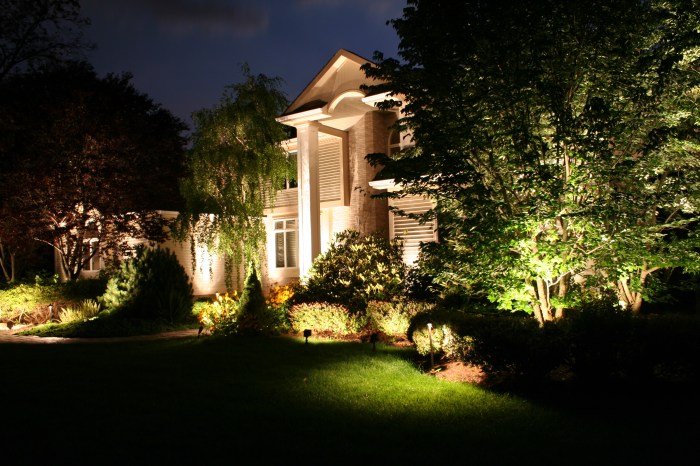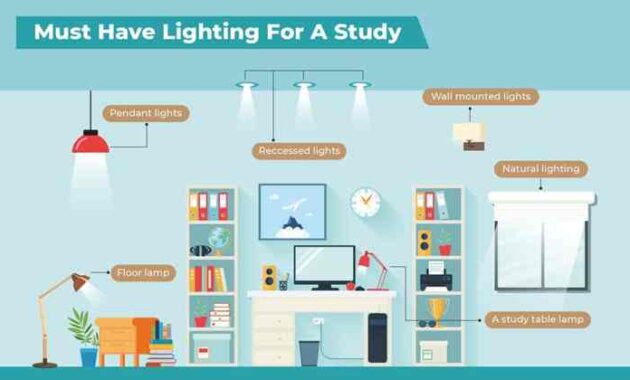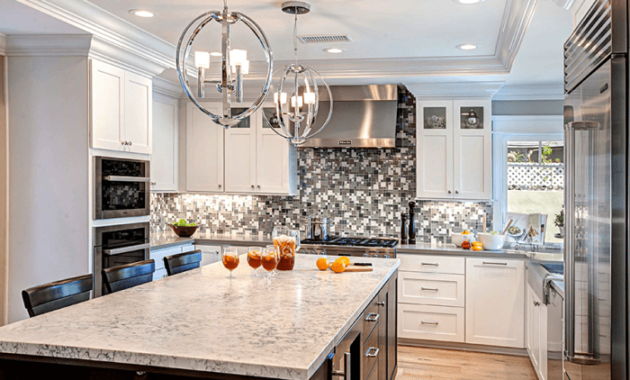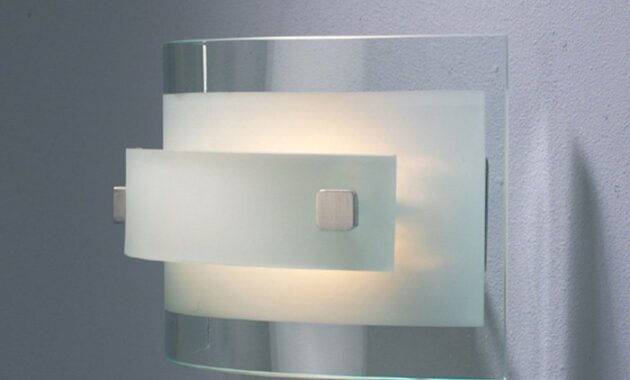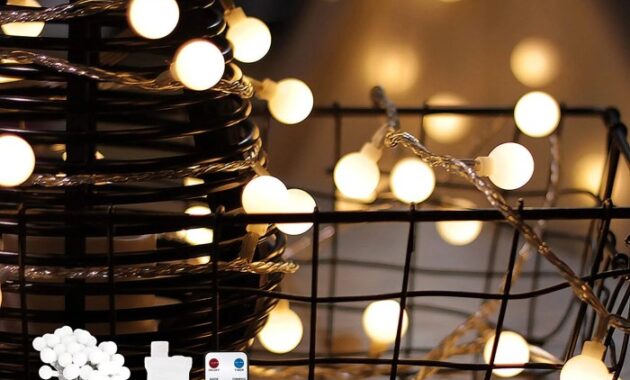Outdoor landscape lighting takes center stage in creating a captivating outdoor ambiance that not only enhances the beauty of your space but also ensures safety and functionality. Dive into the world of outdoor lighting design and discover how to transform your outdoor area into a stunning oasis of light and beauty.
Explore different types of outdoor landscape lighting, design considerations, installation tips, and maintenance strategies to create a well-lit and inviting outdoor environment.
Types of Outdoor Landscape Lighting

Outdoor landscape lighting comes in various types, each serving a specific purpose in illuminating outdoor spaces effectively.
Path Lights
Path lights are low-lying fixtures placed along walkways, driveways, or garden paths to provide safe passage and create a welcoming ambiance. These lights help prevent accidents by clearly defining pathways and enhancing the overall aesthetics of the landscape.
Spotlights
Spotlights are directional fixtures designed to highlight specific features such as trees, shrubs, statues, or architectural elements in the outdoor space. They offer focused illumination and can create dramatic effects by accentuating key focal points in the landscape.
String Lights
String lights, also known as fairy lights, are versatile fixtures that can be draped over trees, wrapped around pillars, or hung along fences to add a magical glow to outdoor settings. These lights are ideal for creating a cozy and enchanting atmosphere for outdoor gatherings or events.
Wall-Mounted Lights, Outdoor landscape lighting
Wall-mounted lights are fixtures installed on exterior walls or fences to provide both functional and decorative lighting. These lights can illuminate entryways, patios, or outdoor seating areas, enhancing visibility and adding an architectural element to the landscape design.
Design Considerations for Outdoor Landscape Lighting

When designing outdoor landscape lighting, several key factors need to be taken into consideration to achieve the desired ambiance and functionality. Factors such as light intensity, color temperature, and beam angle play a crucial role in creating a well-designed outdoor lighting scheme. Additionally, the placement of fixtures, the type of lighting effects desired, and energy efficiency are also important considerations.
Light Intensity
Light intensity refers to the brightness of the light emitted by a fixture and is measured in lumens. When designing outdoor lighting, it is essential to consider the desired level of brightness for different areas of the landscape. For example, pathways and stairs may require higher light intensity for safety reasons, while accent lighting for trees or architectural features may require lower intensity for ambiance.
Color Temperature
Color temperature determines the warmth or coolness of the light emitted by a fixture and is measured in Kelvin (K). Warmer color temperatures (around 2700-3000K) create a cozy and inviting atmosphere, while cooler color temperatures (5000K and above) are more energizing and suitable for security lighting. When designing outdoor lighting, it is important to choose the right color temperature to complement the landscape and achieve the desired mood.
Beam Angle
The beam angle of a fixture determines the spread of light emitted and plays a crucial role in highlighting specific areas or creating a broad wash of light. Fixtures with narrow beam angles are ideal for spotlighting trees or focal points, while fixtures with wider beam angles are suitable for general illumination of larger areas. When planning outdoor lighting, consider the beam angles of fixtures to achieve the desired lighting effects.
Ambiance and Safety
To create ambiance and enhance safety with outdoor lighting design, consider layering different types of lighting such as path lights, uplights, and downlights to provide a mix of ambient, task, and accent lighting. Incorporate dimmers or timers to adjust lighting levels according to the time of day and desired mood. Additionally, ensure that pathways, stairs, and potential hazards are well-lit to improve safety and prevent accidents in the outdoor space.
Installation Tips for Outdoor Landscape Lighting
:max_bytes(150000):strip_icc()/OregonOutdoorLtg-8318737ac4264068a37717194cb42ee3.jpg?w=700)
When it comes to installing outdoor landscape lighting, there are several key considerations to keep in mind to ensure a successful and safe installation process. From choosing the right fixtures to properly wiring the lights, here are some essential installation tips to guide you through the process.
Choosing the Right Fixtures
When selecting outdoor lighting fixtures, make sure to choose ones that are specifically designed for outdoor use. Look for fixtures that are weather-resistant and durable to withstand the elements. Additionally, consider the style and design of your outdoor space to ensure that the fixtures complement the overall aesthetic.
Step-by-Step Installation Process
- Start by creating a lighting plan for your outdoor space, taking into account key focal points and areas that need illumination.
- Determine the power source for your outdoor lighting, whether it’s hardwired or solar-powered, and plan the layout accordingly.
- Install the fixtures according to the manufacturer’s instructions, ensuring they are securely mounted and positioned correctly.
- Carefully bury or hide any exposed wires to prevent tripping hazards and protect them from damage.
- Test the lights to ensure they are working properly before completing the installation process.
Safety Measures and Wiring Techniques
Always turn off the power supply before installing or working on outdoor lighting fixtures to prevent electrical accidents.
- Use waterproof connectors to secure the wiring and protect it from moisture and corrosion.
- Make sure to follow local building codes and regulations when installing outdoor lighting to ensure compliance and safety.
- Avoid overloading circuits by distributing the lighting load evenly and using the appropriate gauge of wire for the fixtures.
Power Source Considerations
Consider using LED bulbs for your outdoor lighting fixtures, as they are energy-efficient and have a longer lifespan compared to traditional bulbs.
- If using a hardwired power source, hire a professional electrician to ensure the wiring is done safely and correctly.
- For solar-powered lighting, place the solar panels in a location that receives ample sunlight throughout the day for optimal charging.
- Regularly check and maintain the power source to ensure the outdoor lighting system functions efficiently and effectively.
Maintenance and Troubleshooting of Outdoor Landscape Lighting
Maintaining outdoor landscape lighting is crucial to ensure its optimal performance and longevity. Regular cleaning, checking connections, and replacing bulbs are essential tasks to keep your outdoor lighting system in top condition. Additionally, understanding common issues that may arise with outdoor lighting systems and troubleshooting solutions for each problem is key to resolving any issues efficiently.
Maintenance Schedule for Outdoor Landscape Lighting
Regular maintenance is necessary to keep your outdoor landscape lighting system operating smoothly. Here is a suggested maintenance schedule to follow:
- Monthly: Inspect the fixtures for any signs of damage or wear. Clean the fixtures and lenses to remove dirt, debris, and any build-up that may affect the light output.
- Bi-annually: Check the electrical connections for any signs of corrosion or loose connections. Tighten any loose connections and replace any corroded components to ensure proper functionality.
- Annually: Replace any burnt-out bulbs with new ones of the same wattage and type. Consider upgrading to LED bulbs for energy efficiency and longer lifespan.
Common Issues with Outdoor Lighting Systems and Troubleshooting Solutions
Identifying and addressing common issues with outdoor lighting systems promptly can help prevent further damage and ensure the proper functioning of your outdoor lights. Here are some common problems and troubleshooting solutions:
- Issue: Lights not turning on.
- Solution: Check the power source and connections to ensure they are secure. Replace any burnt-out bulbs and reset the timer or photocell if necessary.
- Issue: Flickering or dim lights.
- Solution: Inspect the bulbs for loose connections or signs of damage. Replace any faulty bulbs and clean the fixtures and lenses to improve light output.
- Issue: Lights turning on and off randomly.
- Solution: Check the timer or photocell settings for any adjustments needed. Ensure there are no obstructions blocking the sensor’s view and that it is functioning correctly.
- Issue: Uneven lighting or dark spots.
- Solution: Adjust the positioning of the fixtures to ensure even light distribution. Consider adding additional fixtures or adjusting the angle of existing ones to eliminate dark spots.
Elevate your outdoor space with the magic of outdoor landscape lighting. With the right design elements and maintenance techniques, you can enjoy a well-lit and enchanting outdoor area that beckons you to relax and unwind in its luminous embrace.
When it comes to enhancing the ambiance of a room, vintage lighting fixtures play a crucial role. These unique pieces not only provide illumination but also serve as stunning decor elements. Whether you prefer a classic chandelier or a retro wall sconce, vintage lighting fixtures add character and charm to any space. With their timeless appeal and intricate designs, these fixtures are sure to make a statement in your home.
When it comes to home decor, vintage lighting fixtures play a crucial role in adding charm and character to any space. Whether you’re looking for a statement piece or a subtle touch of nostalgia, vintage lighting fixtures offer a wide range of options to suit your style. From industrial pendants to elegant chandeliers, these timeless pieces can elevate the ambiance of your room effortlessly.

